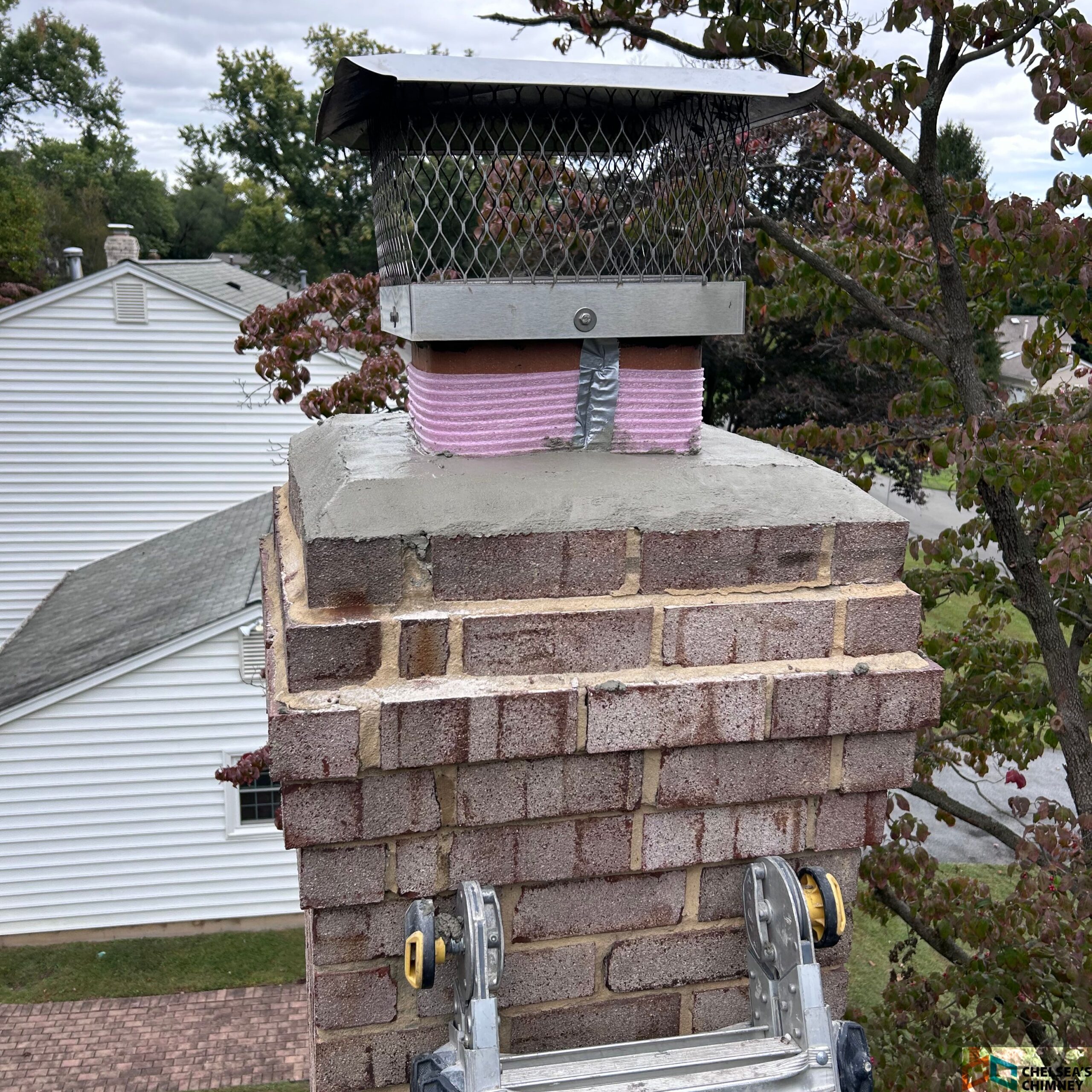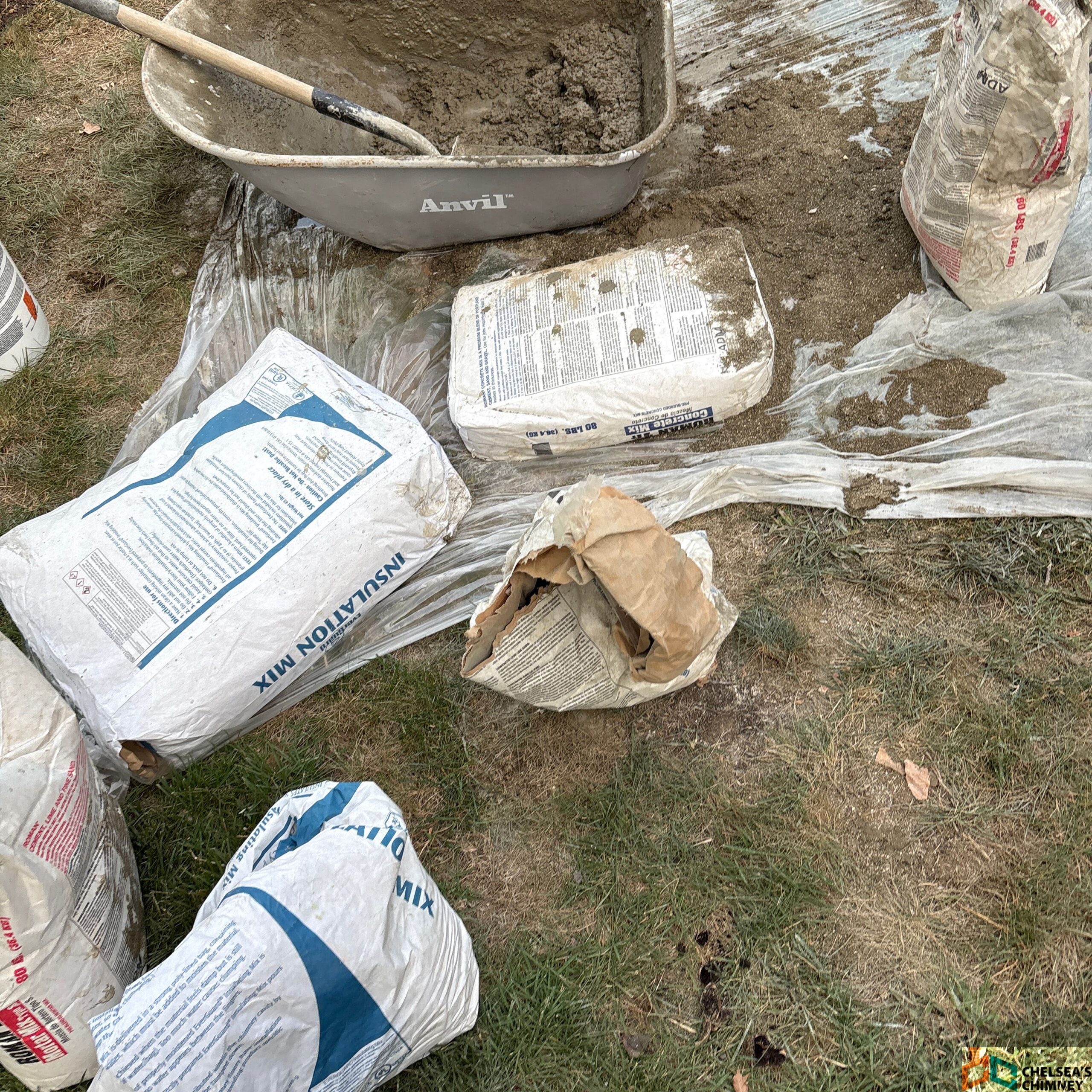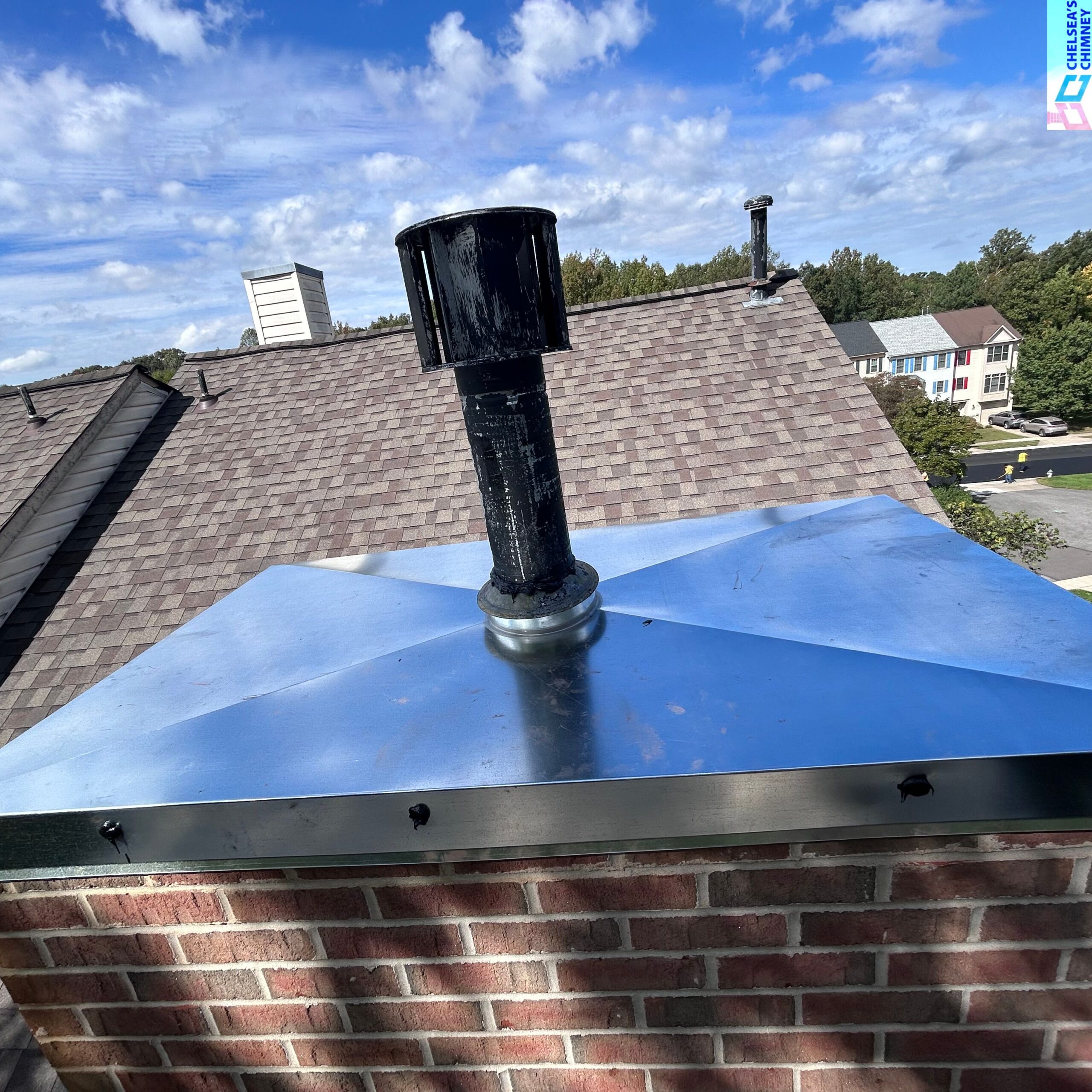In Columbia, MD, there are several signs that can indicate a bad or deteriorating chimney. Recognizing these signs early can help prevent more serious issues, such as structural damage or safety hazards like chimney fires. Here’s what to look out for:
1. Visible Cracks or Deteriorating Mortar
- Cracked Bricks: If you notice visible cracks in the bricks or stone of your chimney, it’s a sign of structural weakness. Cracks can allow water to penetrate the chimney, leading to further damage.
- Crumbled Mortar: The mortar between the bricks can deteriorate over time, leading to loose or missing mortar joints. This can compromise the chimney’s structural integrity and requires attention.
2. Spalling Bricks
- Flaking or Peeling Bricks: Spalling occurs when the surface of the bricks flakes or peels away. This happens when water enters the brick, freezes, and expands, causing the surface to break apart. Spalling bricks indicate moisture problems and can lead to more significant structural issues.
3. Efflorescence
- White Staining: Efflorescence is a white, powdery residue that forms on the outside of the chimney. It indicates that water is moving through the masonry, bringing soluble salts to the surface. While it’s not harmful itself, it’s a sign that your chimney is absorbing moisture, which can lead to more severe problems.
4. Rust
- Rusty Damper or Firebox: If you notice rust on the damper, firebox, or other metal components of the chimney, it indicates moisture is getting inside. Rust can lead to the failure of these components, making the chimney unsafe to use.
5. Leaning Chimney
- Tilted Structure: A chimney that is leaning or tilting is a serious structural issue that needs immediate attention. This could indicate a problem with the foundation or severe deterioration of the chimney’s structure.
6. Damaged Chimney Crown
- Cracks or Missing Pieces: The chimney crown, which covers the top of the chimney, protects it from rain and moisture. If the crown is cracked, missing pieces, or deteriorating, water can seep into the chimney, causing internal damage.
7. Chimney Leaks
- Water Damage Inside the Home: If you notice water stains on walls or ceilings near the chimney, or if there’s a musty odor around the fireplace, it could indicate a chimney leak. Water infiltration can cause significant damage to both the chimney and the interior of your home.
8. Excessive Creosote Buildup
- Black, Tar-like Substance: Creosote is a byproduct of burning wood and can build up inside the chimney. It’s highly flammable, and excessive buildup increases the risk of a chimney fire. If you notice a thick layer of creosote, your chimney needs to be cleaned.
9. Smoke Problems
- Poor Ventilation: If smoke enters your home when the fireplace is in use, it could indicate a blockage or problem with the chimney’s draft. This could be due to a buildup of creosote, debris, or even animal nests.
10. Animal Intrusion
- Birds or Squirrels: If you hear noises coming from your chimney or find animal nests, it’s a sign that your chimney cap may be missing or damaged. Animals can cause blockages and other issues within the chimney.
Conclusion:
If you notice any of these signs, it’s important to have your chimney inspected by a professional. Early detection and repair can prevent more costly and dangerous problems down the road.
For professional chimney inspection and repair services in Columbia, MD, contact Chelsea’s Chimney today! We’ll help ensure your chimney is safe, efficient, and in top condition.





